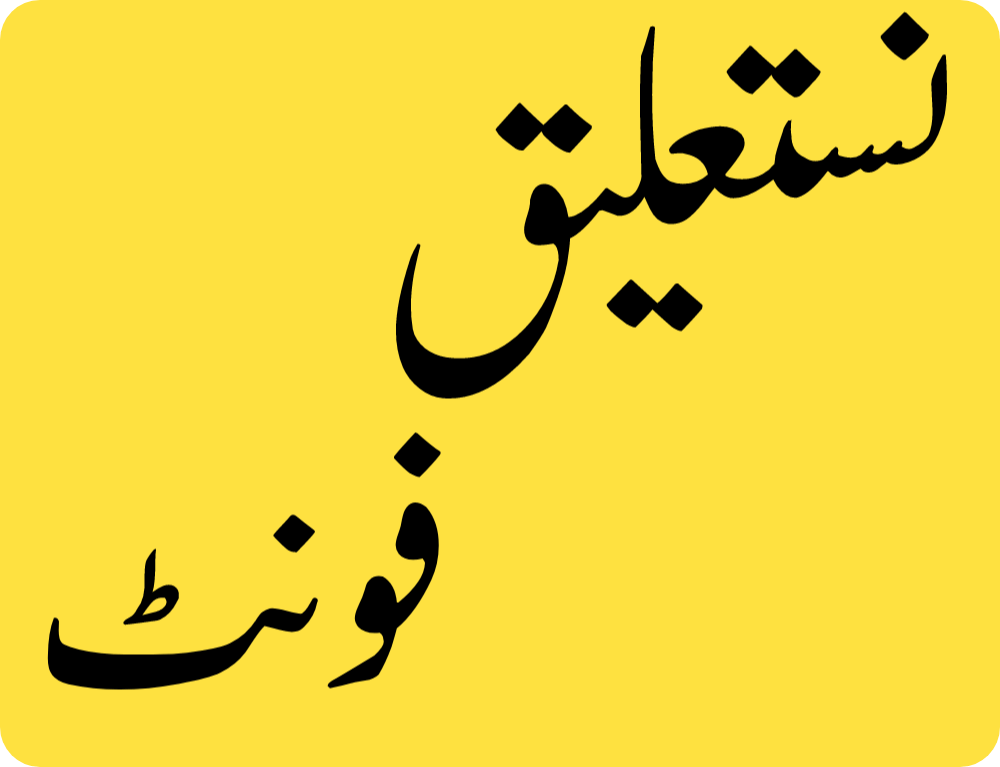Urdu is a language that is widely spoken in South Asia and other parts of the world. It has a rich history and is considered to be one of the most important languages of the Indian subcontinent. In this article, we will explore the origins of Urdu and examine some of its key features and characteristics.
Urdu originated in the 13th century in the region that is now modern-day India and Pakistan. The language evolved from a mixture of Arabic, Persian, and various Indian languages such as Sanskrit and Prakrit. As a result, it has a unique blend of vocabulary and grammar that reflects its diverse cultural and linguistic heritage.
Urdu Script:
One of the defining features of Urdu is its use of the Nastaliq script. This script is a variation of the Persian script and is used to write a range of languages, including Persian, Urdu, and Arabic. The Nastaliq script is renowned for its elegant and flowing style, and it is considered to be one of the most beautiful scripts in the world.

Urdu Poetry:
Urdu is also known for its poetic tradition. The language has a rich history of poetry, which dates back centuries. Urdu poetry is characterized by its use of complex rhyme schemes, intricate metaphors, and vivid imagery. Many famous poets, such as Mirza Ghalib, Mir Taqi Mir and Allama Iqbal, have contributed to the development of Urdu poetry and have helped to establish it as one of the most important literary traditions in the world.
History of Urdu Language:
Urdu is a language with a rich and complex history that spans several centuries. The origins of Urdu can be traced back to the 13th century, when Muslim armies conquered northern India and brought with them a variety of languages, including Arabic and Persian. These languages mixed with the local languages of northern India, resulting in the development of Urdu.
Initially, Urdu was a language used by soldiers and traders, as well as by the ruling classes. It was heavily influenced by Persian, which was the language of the Mughal Empire, a powerful Islamic dynasty that ruled over northern India from the 16th to the 19th centuries. As a result, Urdu developed a complex grammatical structure and a rich vocabulary that drew heavily from Persian.
During the 18th and 19th centuries, Urdu began to emerge as a language of literature and poetry. Many poets, such as Mirza Ghalib and Mir Taqi Mir, contributed to the development of Urdu poetry, which became one of the most important literary traditions in the region. Urdu also began to be used in newspapers, which helped to spread the language to a wider audience.
With the end of British colonial rule in India in 1947, the Indian subcontinent was divided into two countries: India and Pakistan. Urdu was declared the national language of Pakistan, which led to an increased focus on the language and its development. The Pakistani government established institutions to promote the study of Urdu, and many schools and universities began to teach the language as a subject.
Today, Urdu is spoken by over 100 million people worldwide, and it is the official language of Pakistan. It has also spoken in India, Afghanistan and other countries in the region. Despite facing challenges in the modern world, Urdu continues to thrive and remains an essential part of the cultural identity of millions of people around the world.
Conclusion:
The history of Urdu is a testament to the rich and complex cultural heritage of the Indian subcontinent. From its origins as a language of soldiers and traders to its emergence as a language of literature and poetry, Urdu has played a significant role in the history and culture of the region. Today, it continues to be a vibrant and important language that is spoken by millions of people around the world.
The Urdu is a fascinating and important language that has a rich history and cultural heritage. Its unique blend of vocabulary and grammar, combined with the beauty of the Nastaliq script, make it a language that is both distinctive and captivating. Despite facing challenges in the modern world, Urdu continues to thrive and remains an essential part of the cultural identity of millions of people around the world.

Pingback: Ghazwa e Khandaq to Treaty of Hudaybiyya Urdu MCQs in PDF
Pingback: M.A Urdu Objective Questions Answer ایم اے اردو معروضی سوال جواب